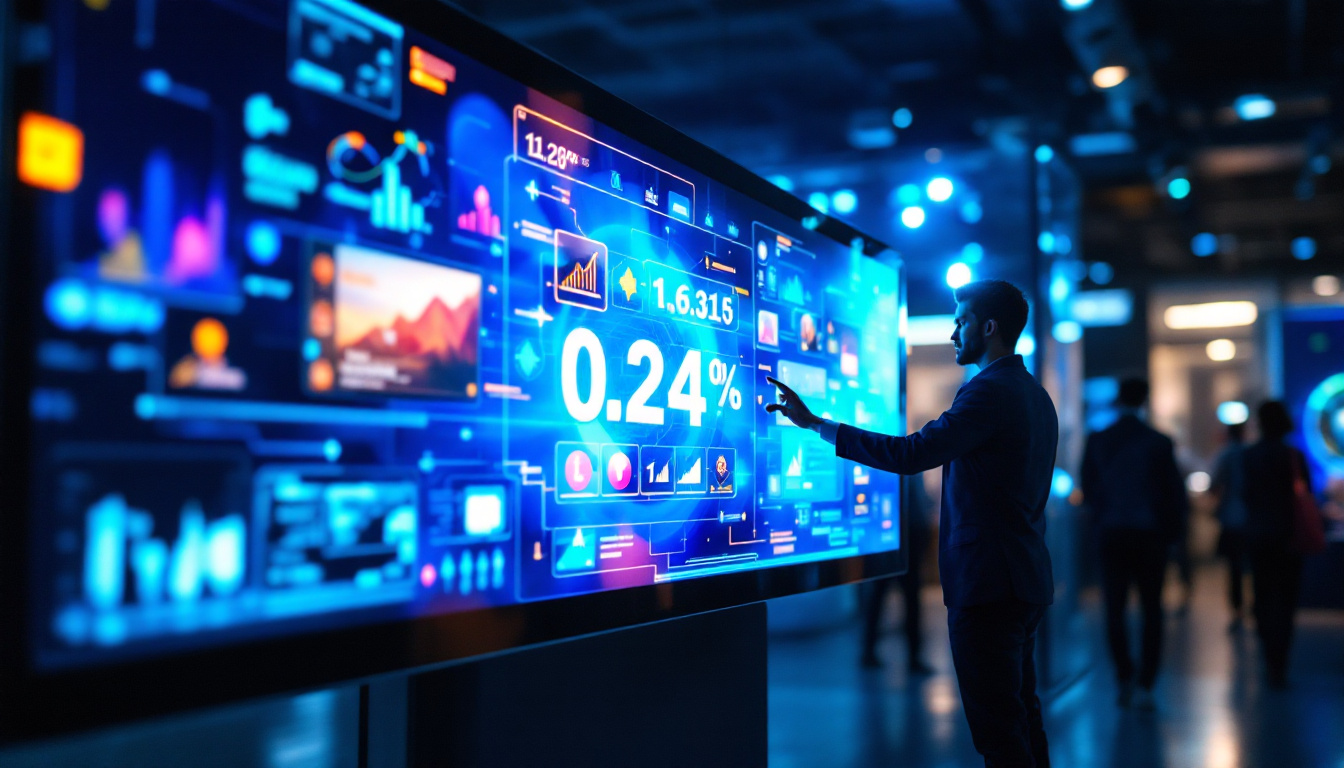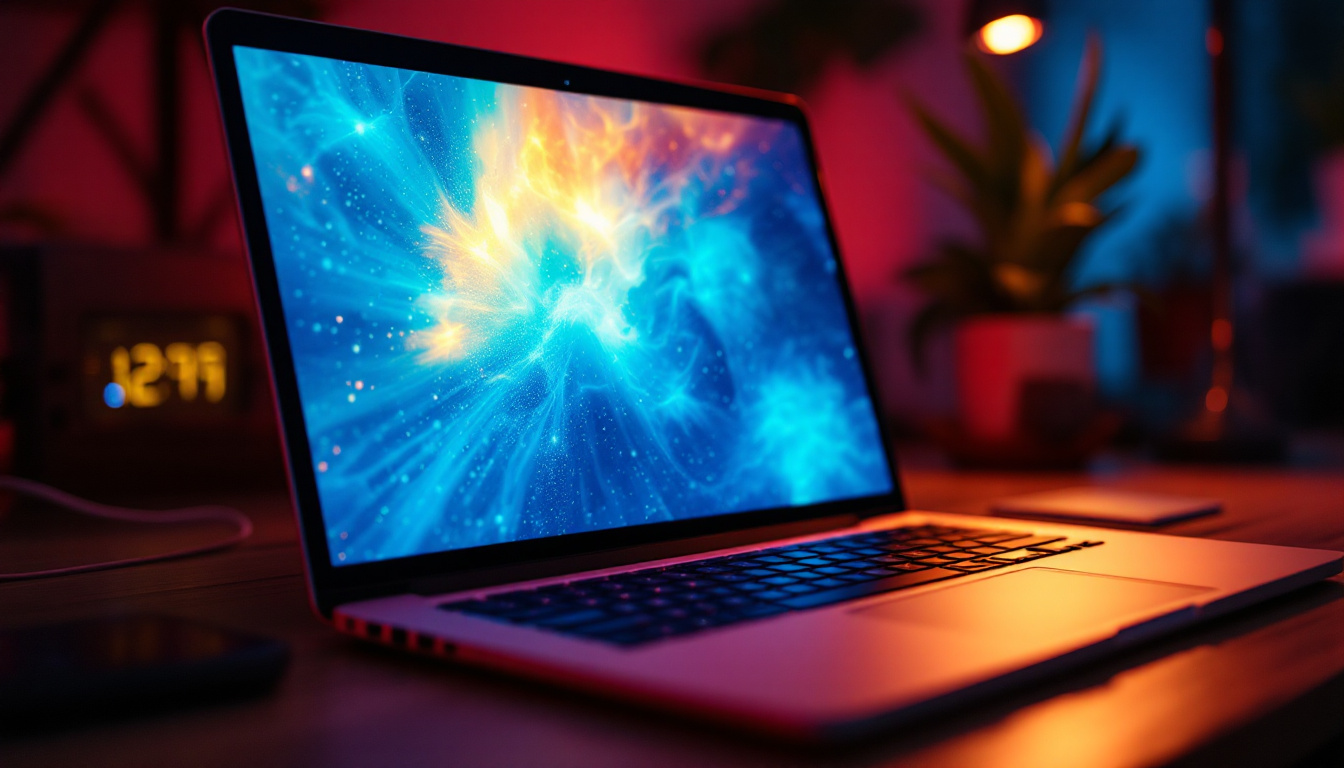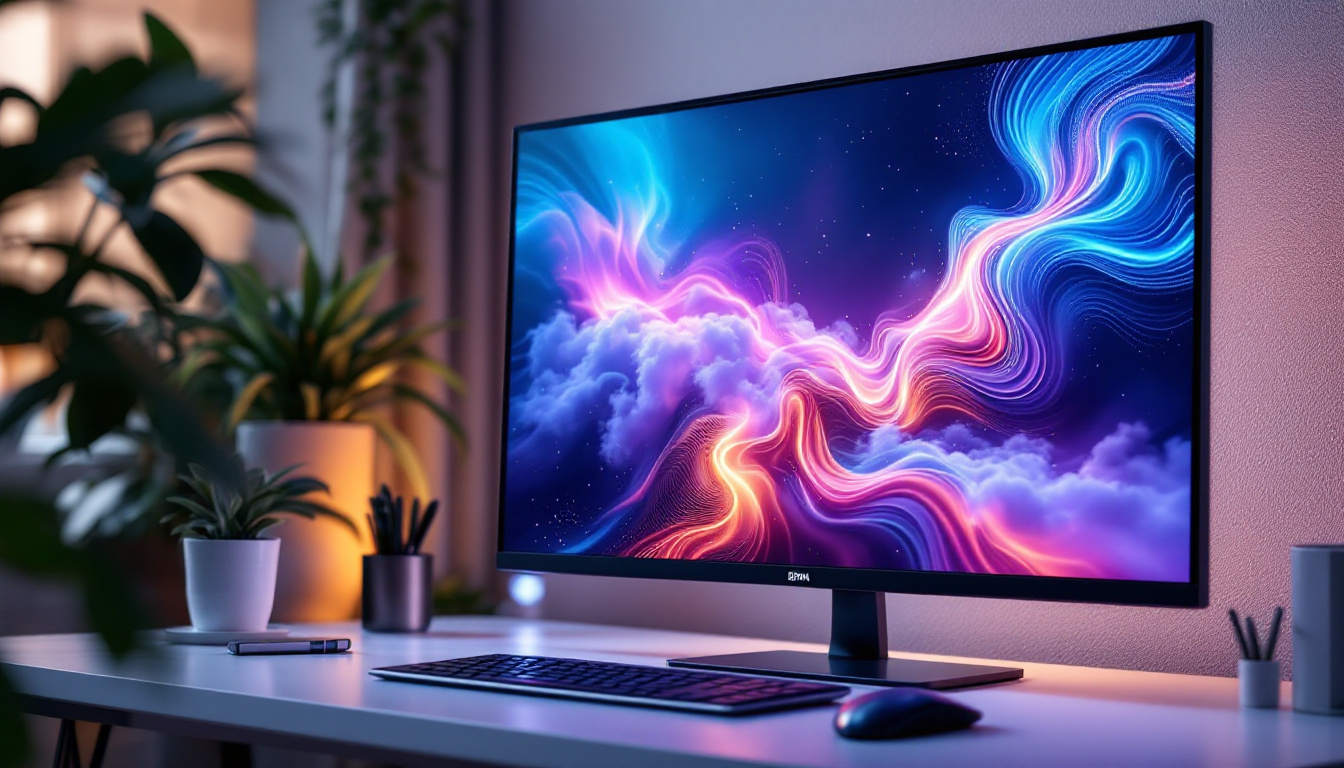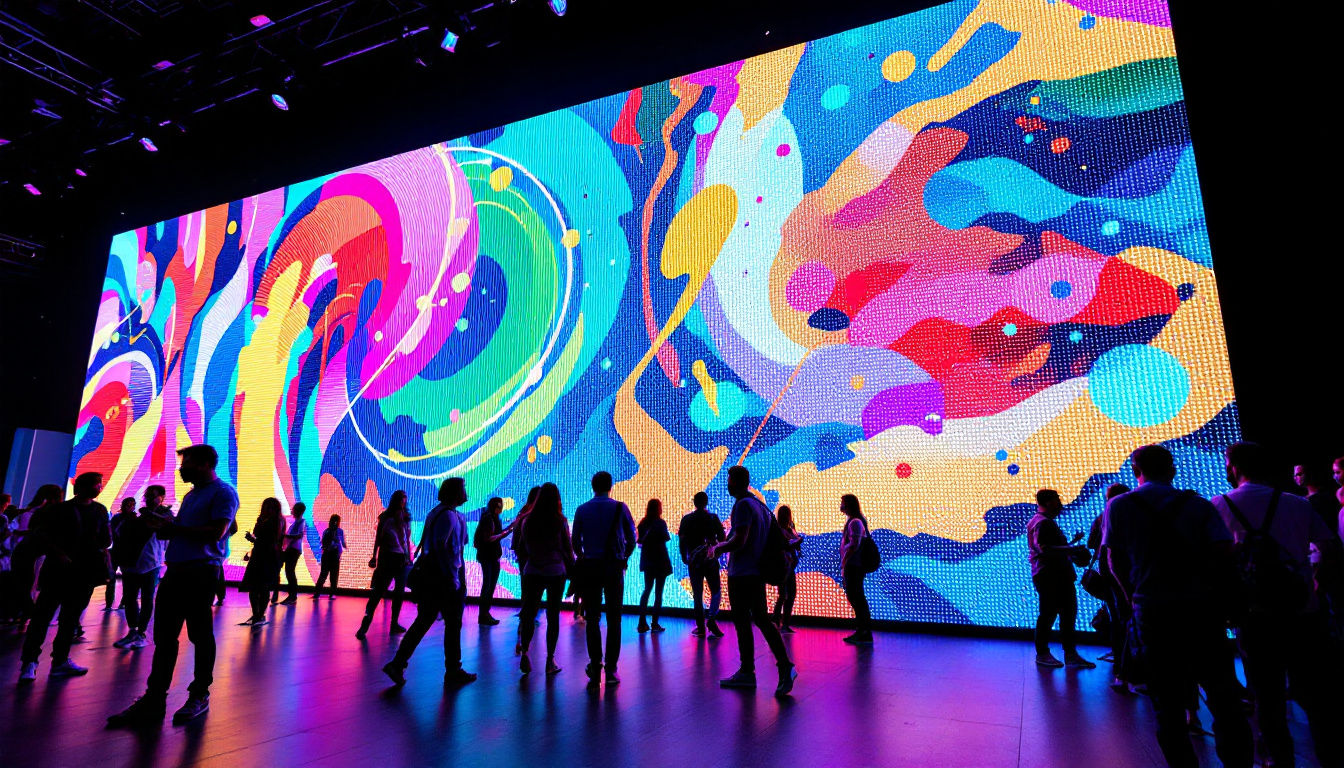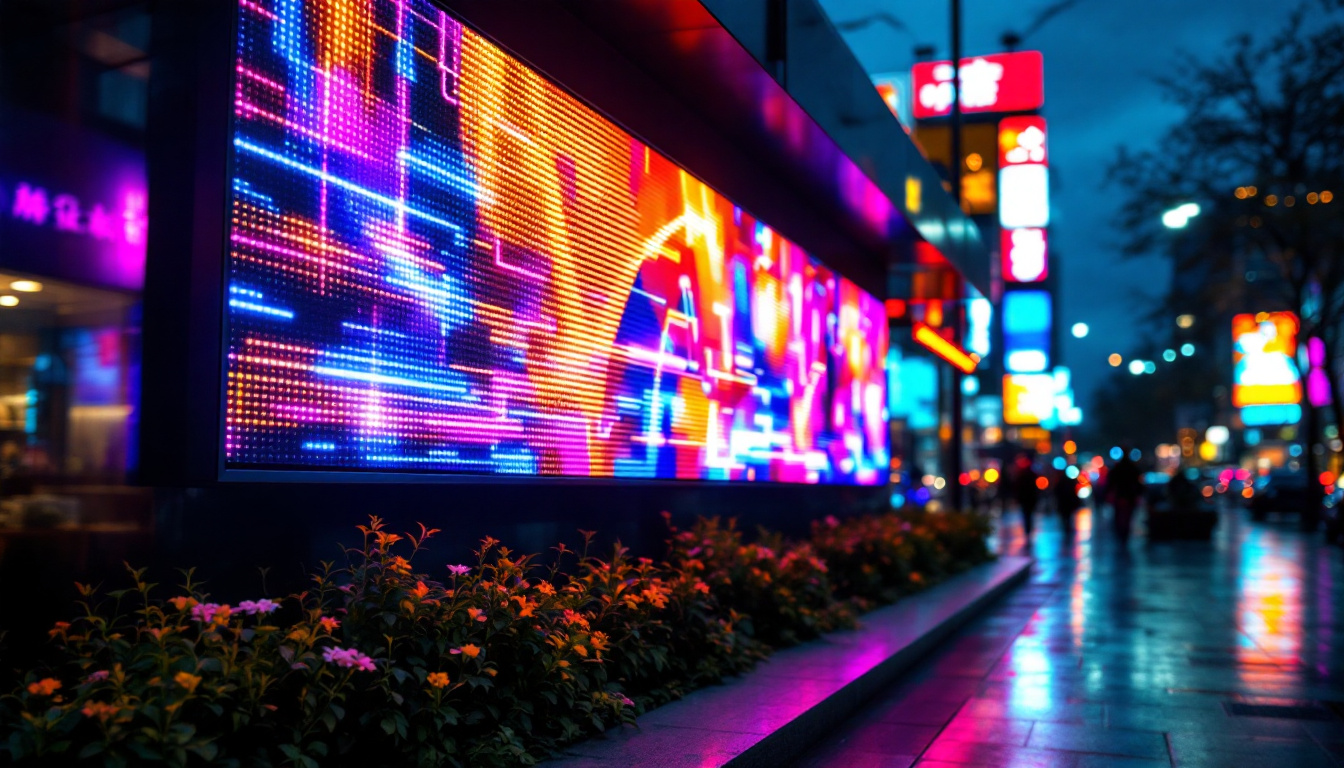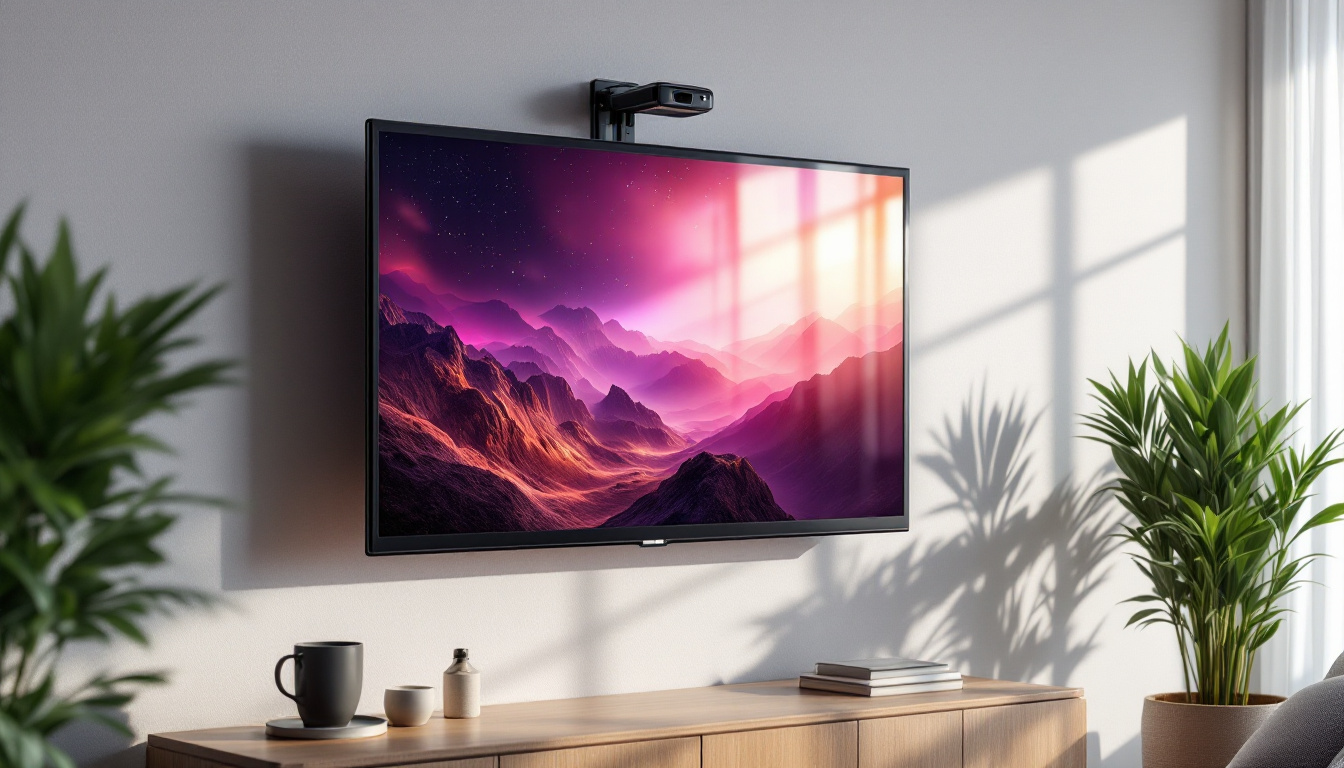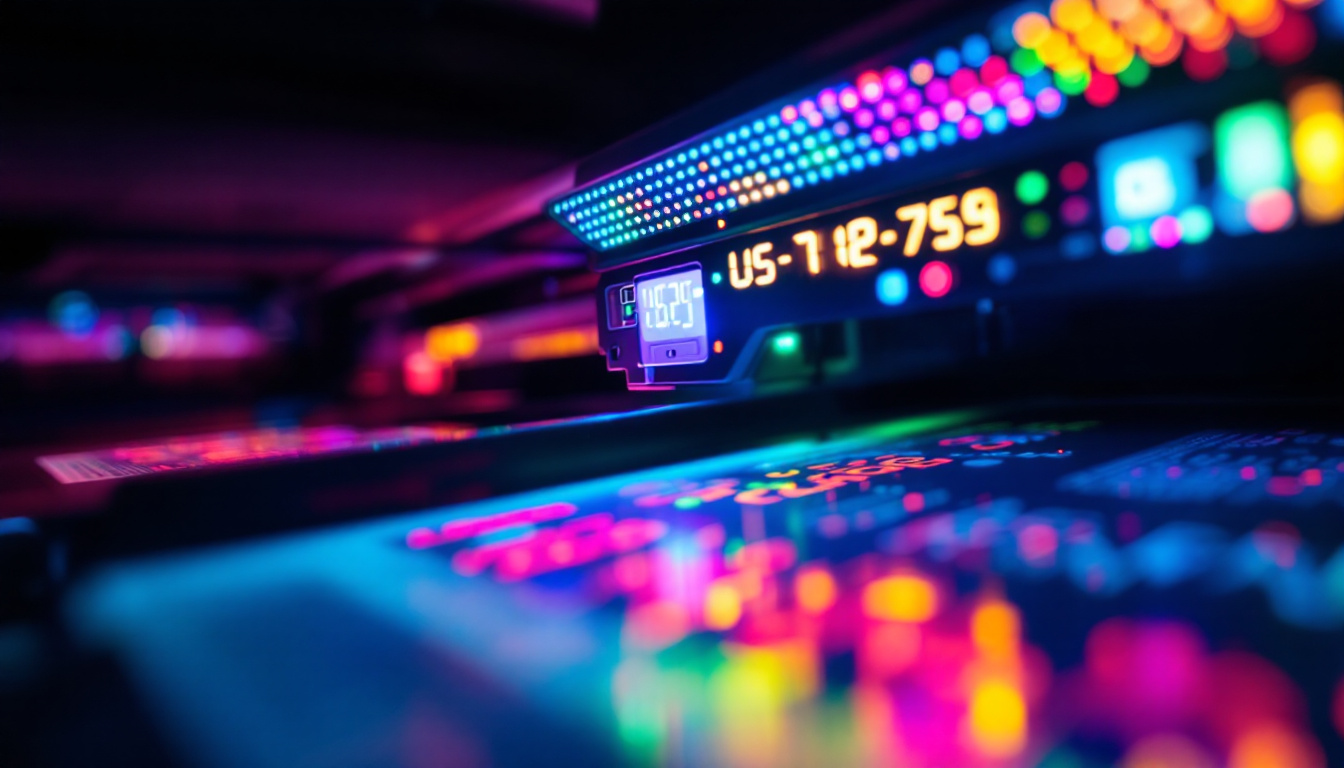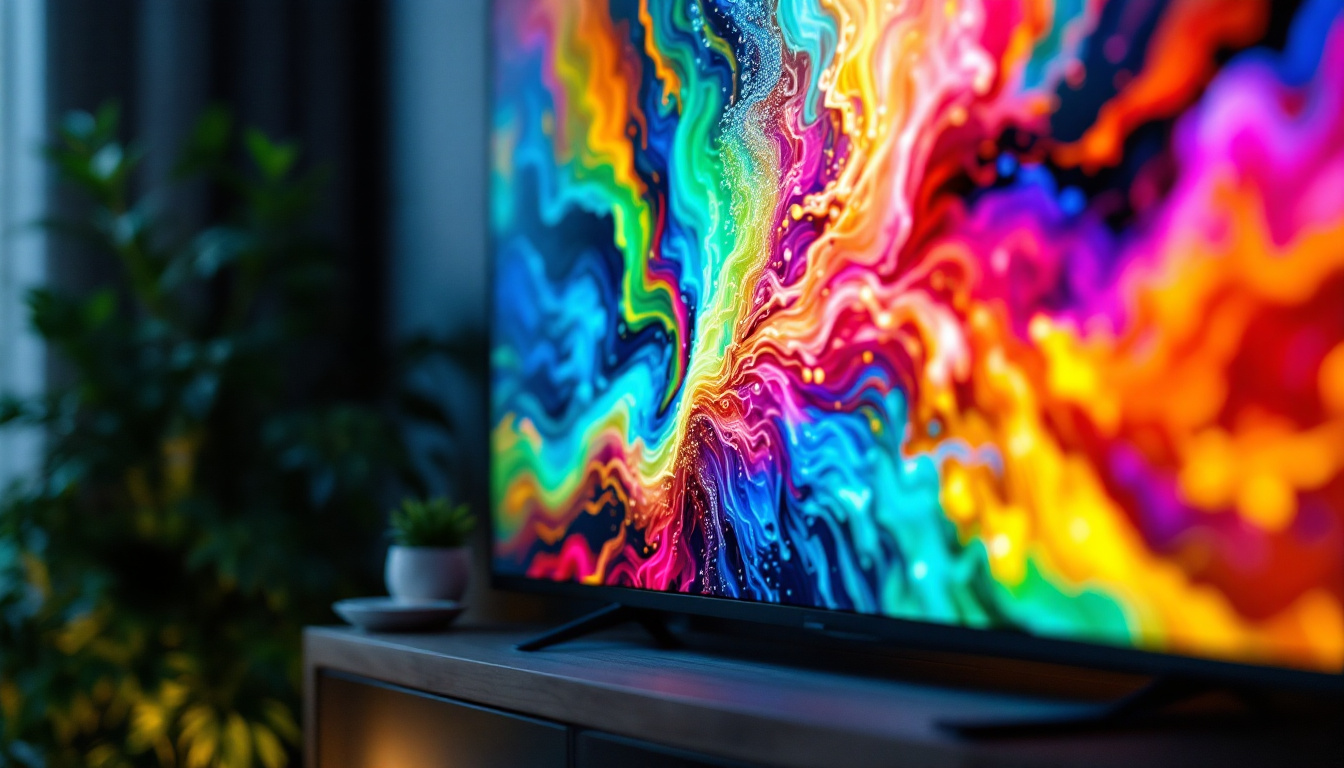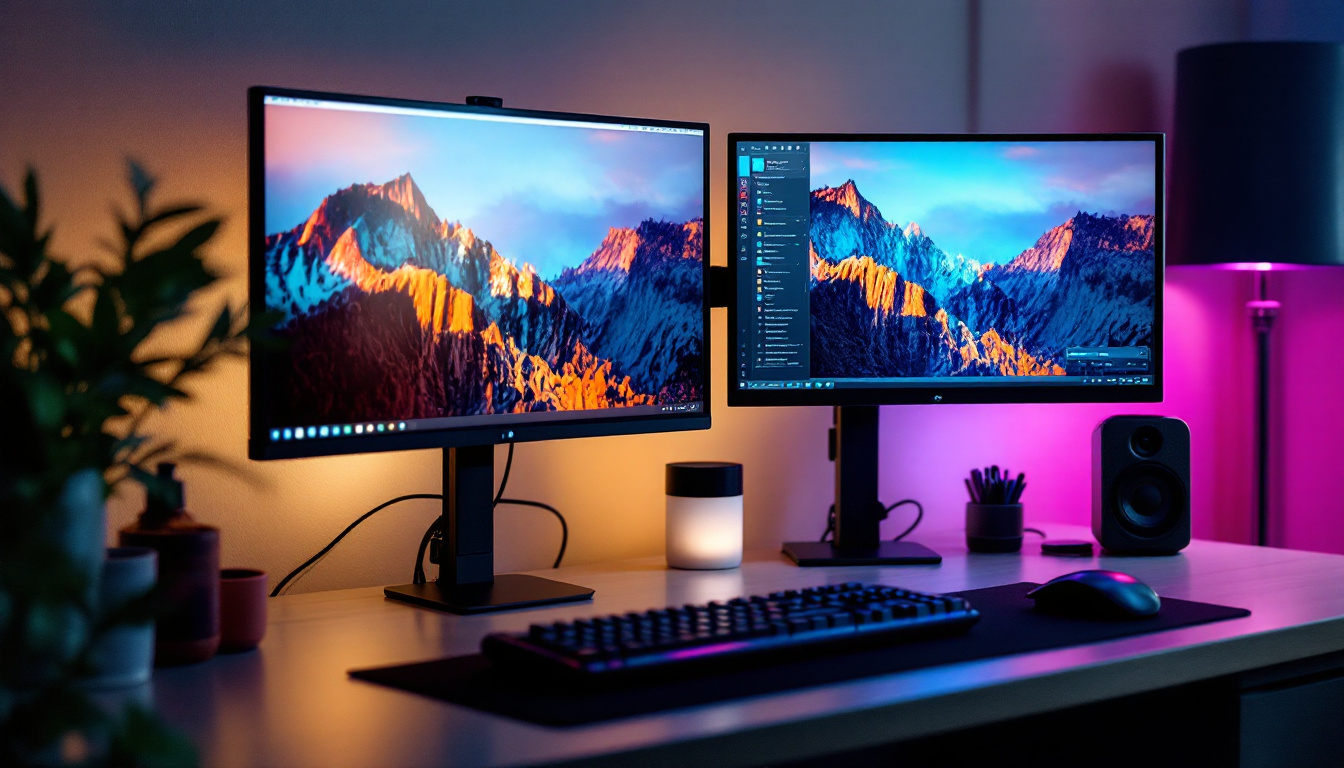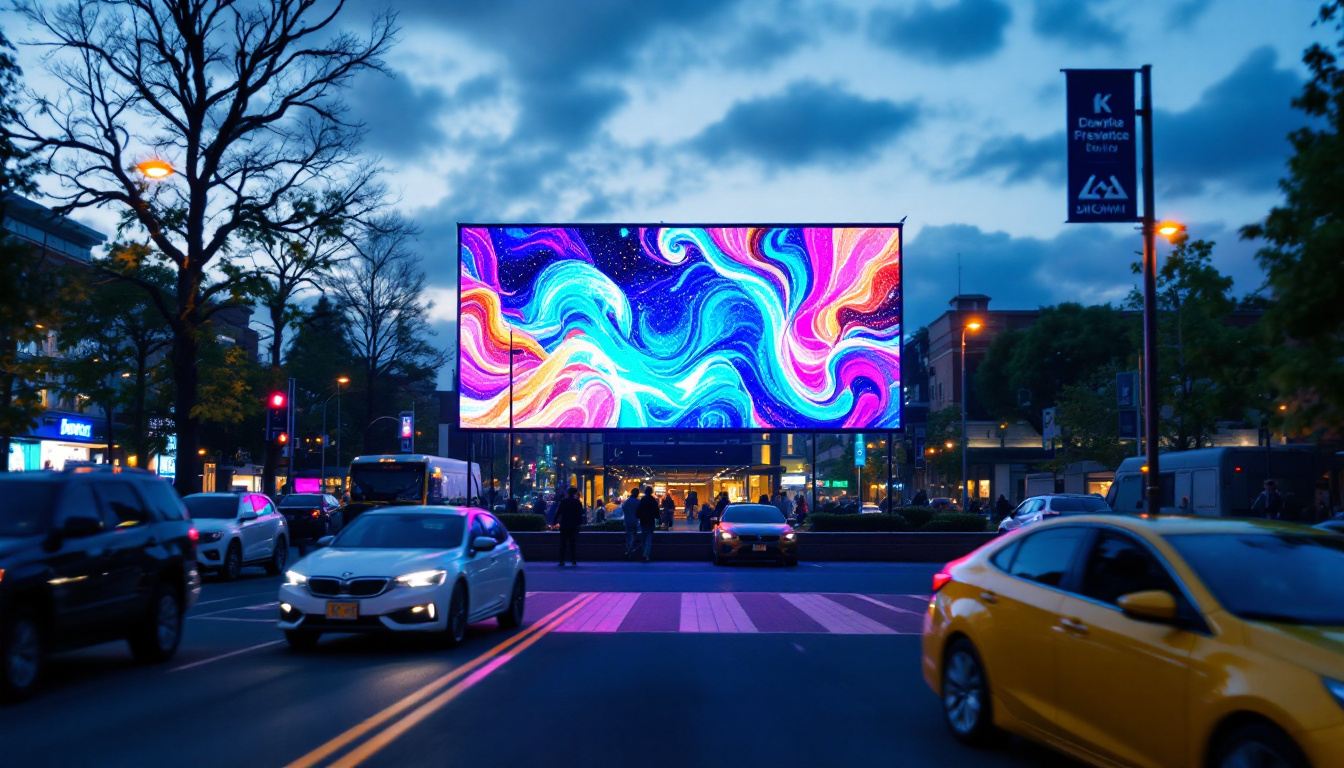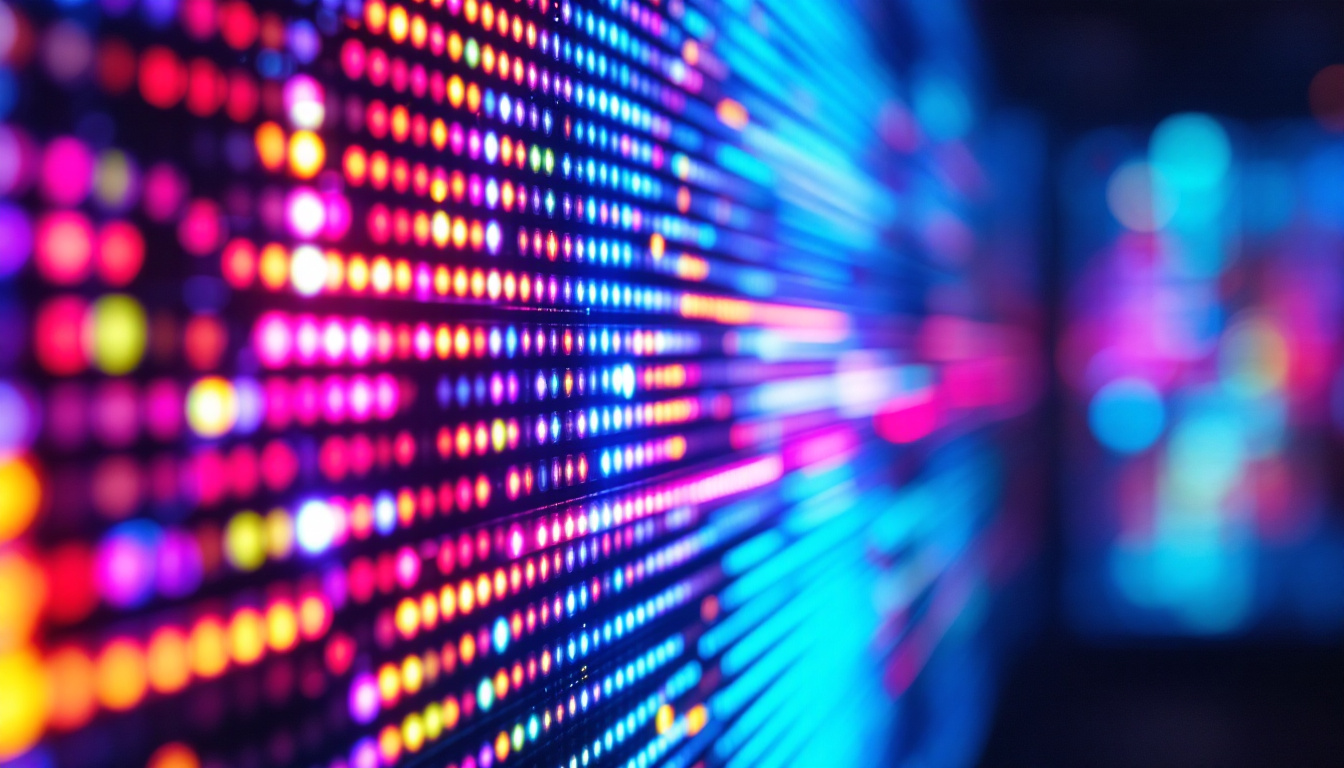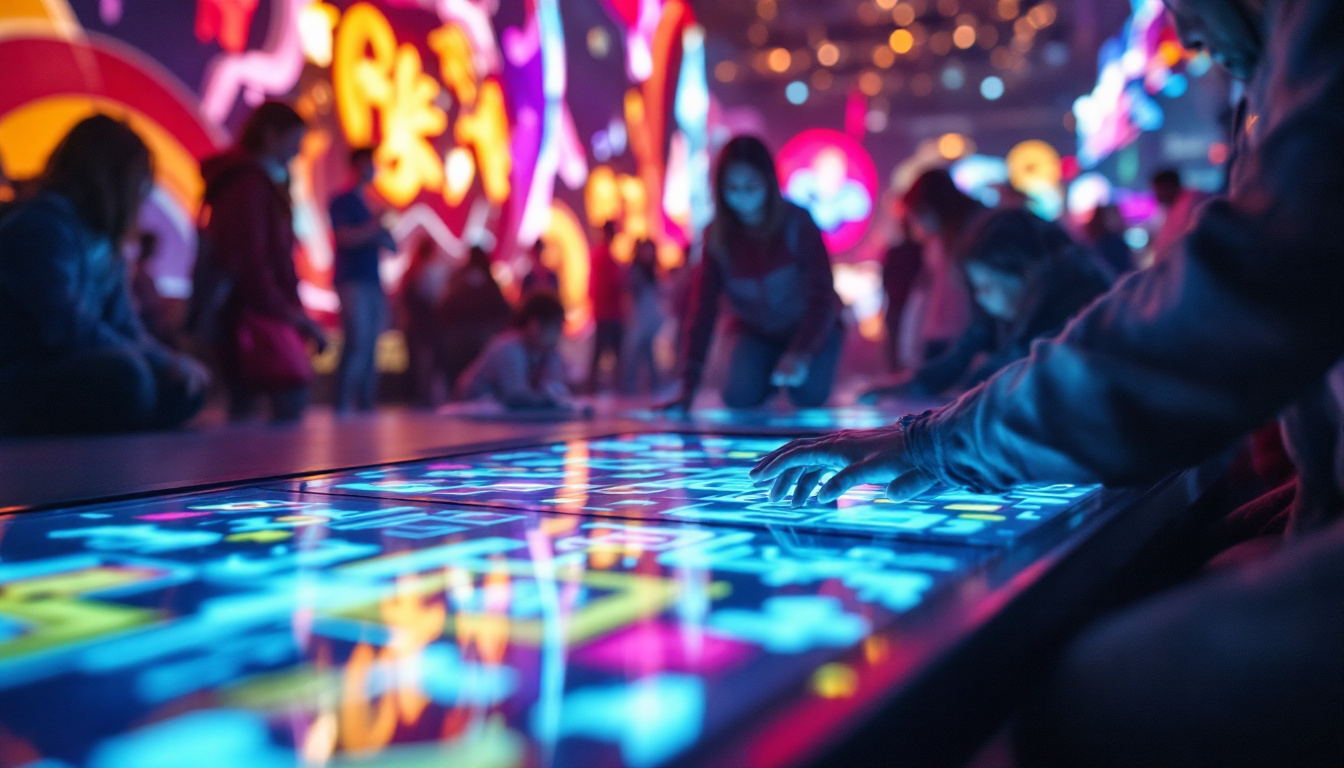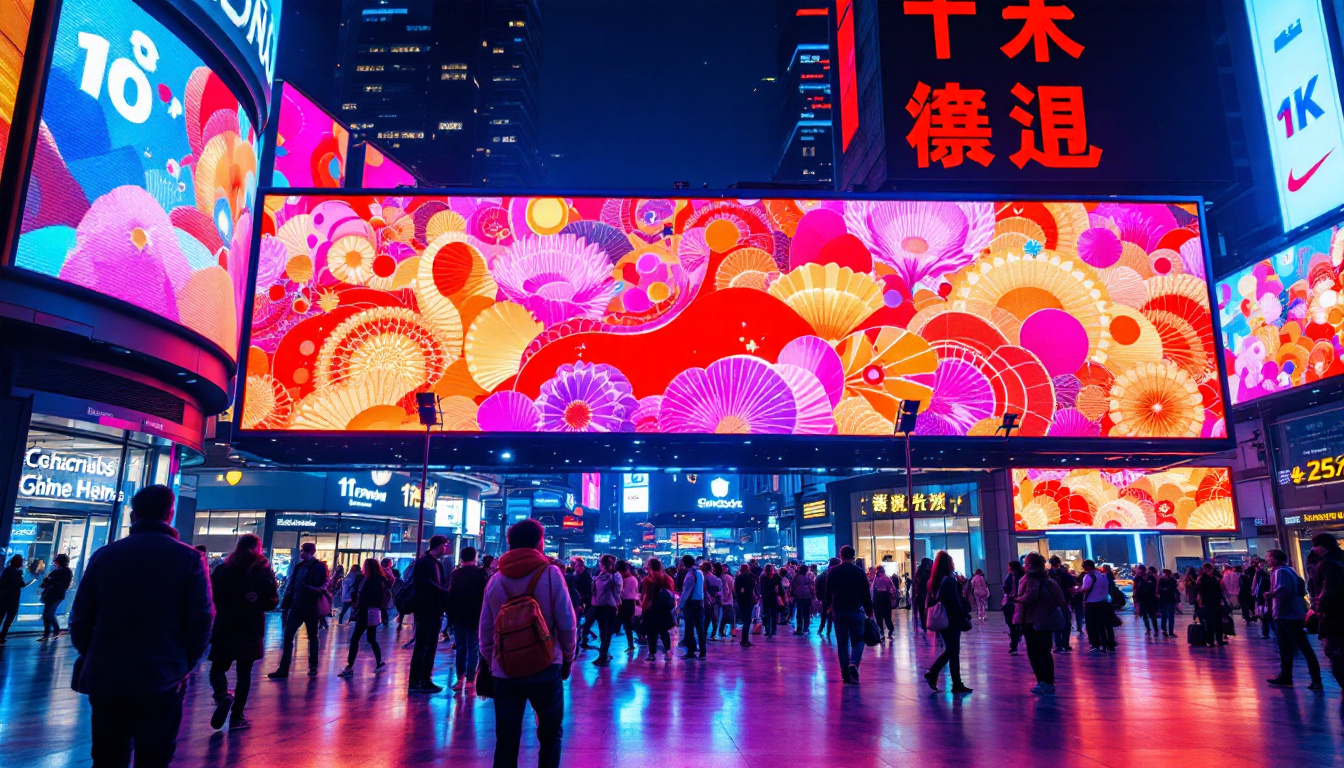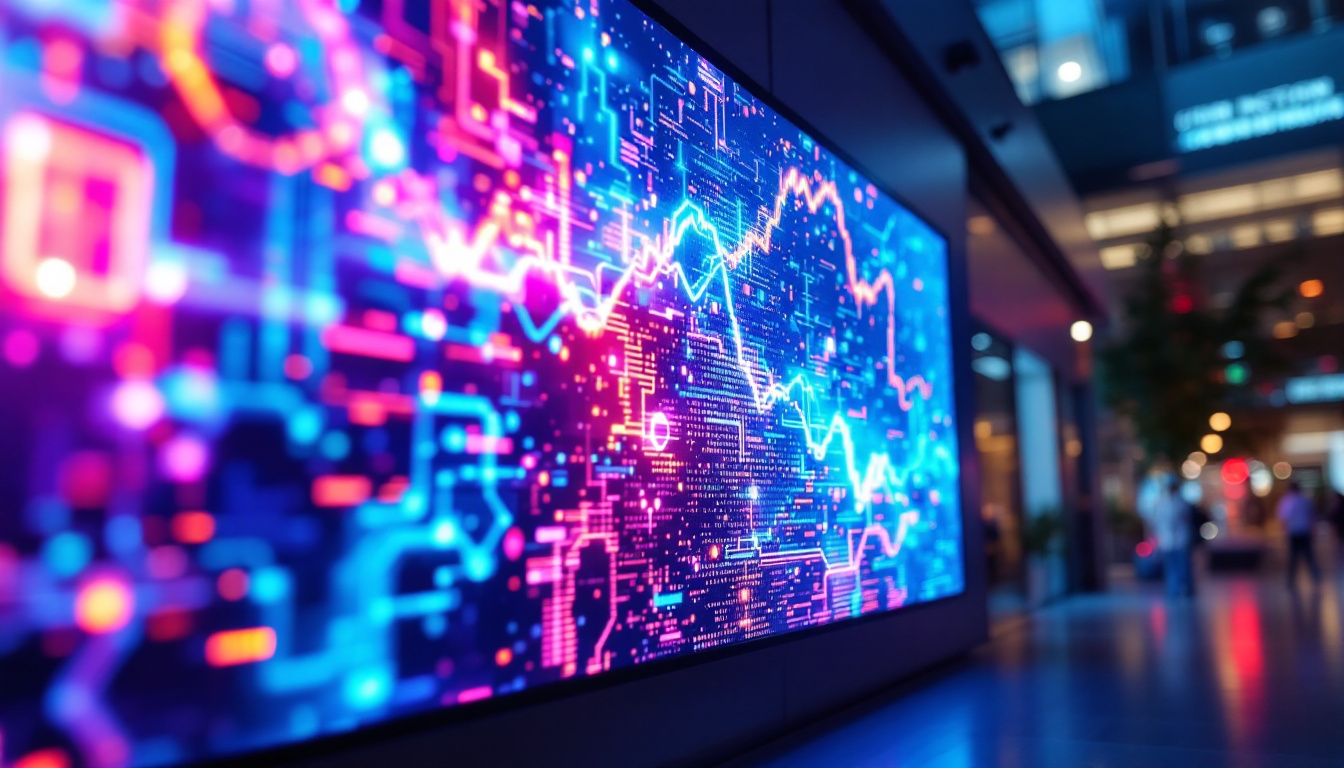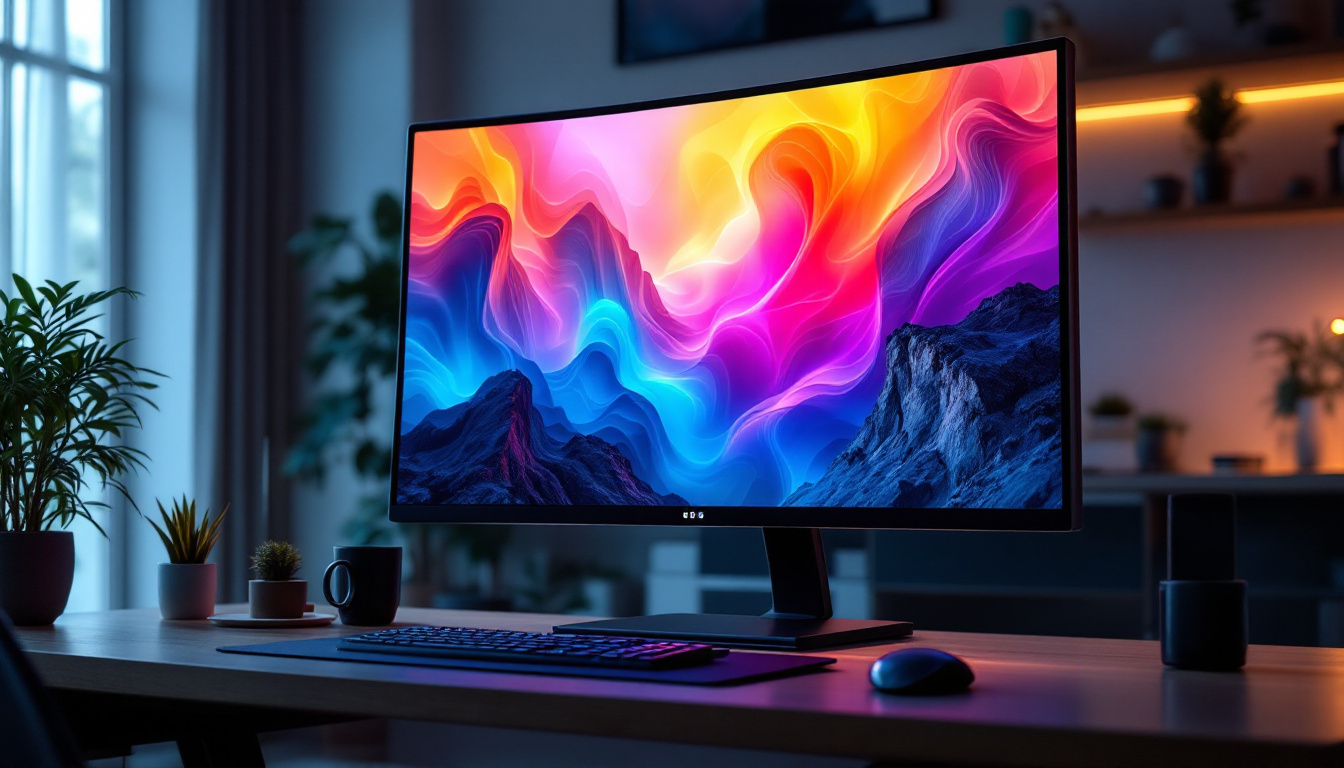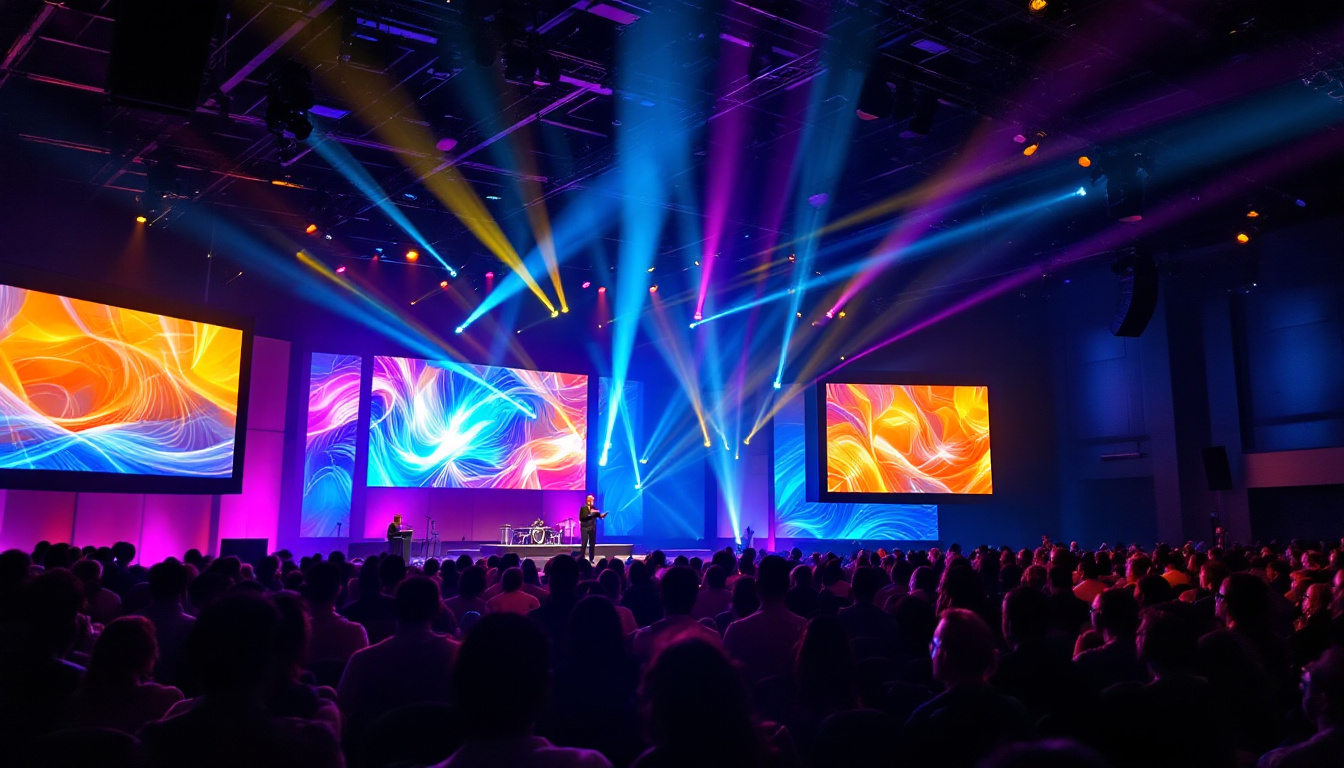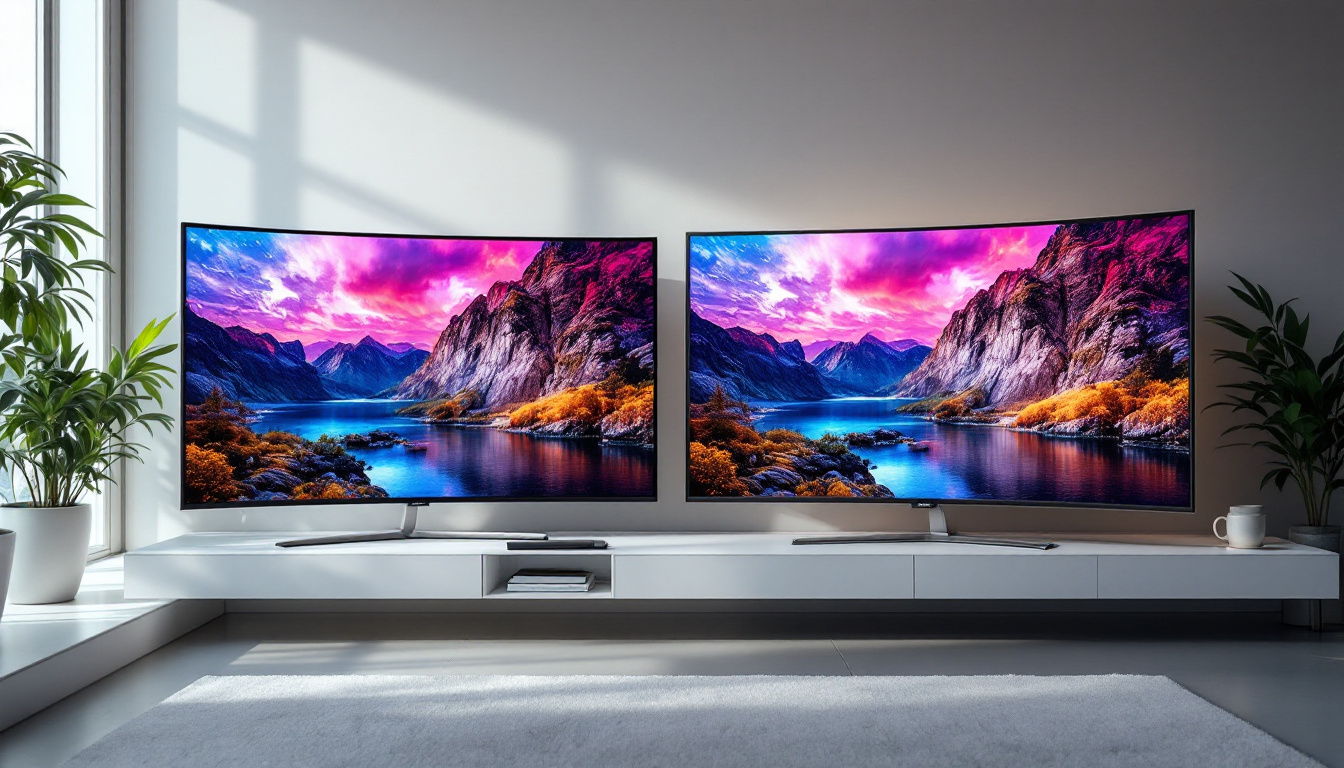In an era where technology is becoming increasingly integrated into our daily lives, the giant touch screen computer stands out as a remarkable innovation. These devices, often characterized by their expansive LED displays, are transforming the way users interact with information, entertainment, and even each other. This article delves into the intricacies of giant touch screen computers, focusing on their LED displays, functionalities, and applications across various sectors.
Understanding LED Technology
Light Emitting Diodes (LEDs) have revolutionized display technology, offering vibrant colors, energy efficiency, and longevity. Unlike traditional LCD screens, which rely on backlighting, LED displays utilize individual diodes to produce light, resulting in more vivid images and deeper contrasts.
How LED Displays Work
At the core of an LED display is a matrix of tiny light-emitting diodes. These diodes can emit different colors by combining red, green, and blue lights. When arranged in a grid, they form pixels that can create a wide spectrum of colors and images. The technology behind these displays allows for rapid refresh rates, which is crucial for applications requiring real-time interaction.
Furthermore, LED displays can be categorized into various types, including OLED (Organic LED) and QLED (Quantum Dot LED), each offering unique advantages. OLED displays, for instance, provide superior contrast ratios and viewing angles, making them ideal for high-end applications. In contrast, QLED technology employs quantum dots to enhance brightness and color accuracy, making it a popular choice for vibrant home entertainment systems. Both technologies highlight the versatility of LED technology in meeting diverse consumer needs.
Advantages of LED Displays
One of the primary benefits of LED technology is its energy efficiency. Compared to traditional display technologies, LED screens consume significantly less power, making them an environmentally friendly option. Additionally, their longevity means that they can operate for tens of thousands of hours without significant degradation in quality.
Moreover, LED displays are known for their brightness and clarity, even in well-lit environments. This characteristic makes them particularly suitable for giant touch screen computers that are often used in public spaces, such as shopping malls, airports, and conference centers. The ability to maintain visibility in direct sunlight is a game-changer for outdoor advertising and information kiosks, where traditional displays might falter. The ruggedness of LED technology also means that these displays can withstand various environmental conditions, making them ideal for both indoor and outdoor applications.
In addition to their practical advantages, LED displays have also become a canvas for artistic expression. digital art installations and interactive displays are increasingly utilizing LED technology to create immersive experiences. Artists can manipulate light and color in ways that were previously unimaginable, allowing for dynamic exhibitions that engage viewers on multiple levels. This fusion of technology and creativity is pushing the boundaries of how we perceive art and information in public spaces, transforming the urban landscape into a vibrant, interactive gallery.
Applications of Giant Touch Screen Computers
The versatility of giant touch screen computers equipped with LED displays allows them to be utilized in a myriad of applications. From corporate environments to educational institutions, these devices are making significant impacts across various sectors.
Corporate Use
In the corporate world, giant touch screen computers have become essential tools for presentations and collaborative work. Their interactive nature allows multiple users to engage with content simultaneously, fostering a more dynamic and participatory atmosphere during meetings. Features such as digital whiteboarding and real-time content sharing enhance productivity and creativity.
Moreover, these devices can be integrated with various software solutions, enabling seamless access to data and analytics. This integration allows businesses to visualize complex information in an easily digestible format, aiding decision-making processes. For instance, sales teams can utilize these screens to present data-driven insights during strategy sessions, making it easier to identify trends and opportunities. The ability to manipulate data visually not only streamlines discussions but also helps in aligning team objectives with the overall business goals.
Education Sector
In educational settings, giant touch screen computers are transforming traditional teaching methods. They provide an interactive platform for educators to present information, conduct quizzes, and engage students in discussions. The tactile nature of touch screens encourages participation, making learning more engaging and effective.
Furthermore, these devices can support a variety of multimedia content, including videos, animations, and interactive simulations, catering to different learning styles. This adaptability enhances the educational experience, making it more inclusive and effective for diverse student populations. Teachers can create immersive lessons that not only capture students’ attention but also promote critical thinking and problem-solving skills. For example, science classes can utilize simulations to demonstrate complex phenomena, allowing students to visualize concepts that would otherwise be abstract and difficult to grasp.
Public Information Displays
Giant touch screen computers are increasingly being used as public information displays in locations like airports, train stations, and shopping malls. These interactive kiosks provide travelers with essential information, such as flight schedules, maps, and promotional content, all while allowing users to navigate through the information at their own pace.
The ability to update content in real-time is another advantage of these displays. Administrators can quickly change information or promotions, ensuring that users always have access to the most current data. This feature is particularly beneficial in high-traffic areas where information needs can change rapidly. Additionally, these displays can be equipped with wayfinding capabilities, helping users to locate services or amenities in large venues. By integrating GPS technology, these systems can guide users through complex environments, enhancing the overall experience and reducing frustration for travelers and shoppers alike. Furthermore, the incorporation of social media feeds and local news can keep the public informed and engaged, making these displays not just functional, but also a source of entertainment and community connection.
Design Considerations for Giant Touch Screen Computers
When designing giant touch screen computers, several factors must be considered to ensure optimal performance and user experience. From screen size to resolution, each aspect plays a crucial role in the device’s effectiveness.
Screen Size and Resolution
The size of the screen is one of the most critical design elements. Larger screens can accommodate more information and provide a better viewing experience, especially in crowded environments. However, the resolution must also be taken into account. Higher resolutions ensure that images and text remain sharp and clear, even at close distances.
For instance, a 4K resolution display is ideal for applications where detail is paramount, such as in design and engineering contexts. In contrast, lower resolutions may suffice for simpler applications, such as informational kiosks.
Durability and Maintenance
Given their frequent use in public spaces, giant touch screen computers must be designed for durability. This includes using robust materials that can withstand wear and tear, as well as ensuring that the screens are resistant to scratches and smudges. Additionally, maintenance considerations are crucial; devices should be easy to clean and service to minimize downtime.
Touch technology also plays a role in durability. Capacitive touch screens, for example, are more sensitive and responsive than resistive screens, but they may require more careful handling. Understanding the environment in which the device will be used can guide the choice of touch technology.
Future Trends in Giant Touch Screen Technology
The future of giant touch screen computers is promising, with several emerging trends poised to shape the landscape. As technology continues to advance, these devices are likely to become more sophisticated and integrated into everyday life.
Integration with AI and Machine Learning
One of the most exciting developments in touch screen technology is the integration of artificial intelligence (AI) and machine learning. These technologies can enhance user interaction by providing personalized experiences based on user behavior and preferences. For example, AI can analyze how users interact with the screen and adjust the interface accordingly, making it more intuitive and user-friendly.
Moreover, AI can facilitate voice recognition and natural language processing, allowing users to interact with the device using voice commands. This feature can be particularly beneficial in environments where hands-free operation is preferred, such as in medical facilities or industrial settings.
Enhanced Connectivity and Interactivity
As the Internet of Things (IoT) continues to expand, giant touch screen computers will likely become even more interconnected. This connectivity will enable devices to communicate with each other, sharing data and enhancing functionality. For instance, a touch screen in a conference room could sync with participants’ devices, allowing for seamless collaboration.
Additionally, advancements in augmented reality (AR) and virtual reality (VR) could lead to more immersive experiences. Imagine using a giant touch screen to manipulate 3D models in real-time, providing a hands-on approach to learning and design.
Conclusion
Giant touch screen computers with LED displays represent a significant leap in how technology is utilized across various sectors. Their versatility, interactivity, and the ability to deliver stunning visuals make them invaluable tools in corporate, educational, and public settings. As technology continues to evolve, the potential applications and capabilities of these devices will only expand, paving the way for a future where interaction with information is more engaging and intuitive than ever before.
Ultimately, understanding the underlying technology, applications, and future trends is essential for leveraging the full potential of giant touch screen computers. As these devices become more integrated into everyday life, they will undoubtedly play a pivotal role in shaping how society interacts with technology.
Discover LumenMatrix’s Innovative LED Solutions
Ready to elevate your interactive experiences with the latest in LED display technology? LumenMatrix is at the forefront of creating immersive visual environments that captivate and engage. From dynamic Indoor and Outdoor LED Wall Displays to specialized solutions like Vehicle LED Displays, LED Sports Displays, and even Custom LED Displays, we have the technology to bring your vision to life. Embrace the future of visual communication with LumenMatrix and transform the way your audience connects with your brand. Check out LumenMatrix LED Display Solutions today and step into a world of unparalleled clarity and impact.

